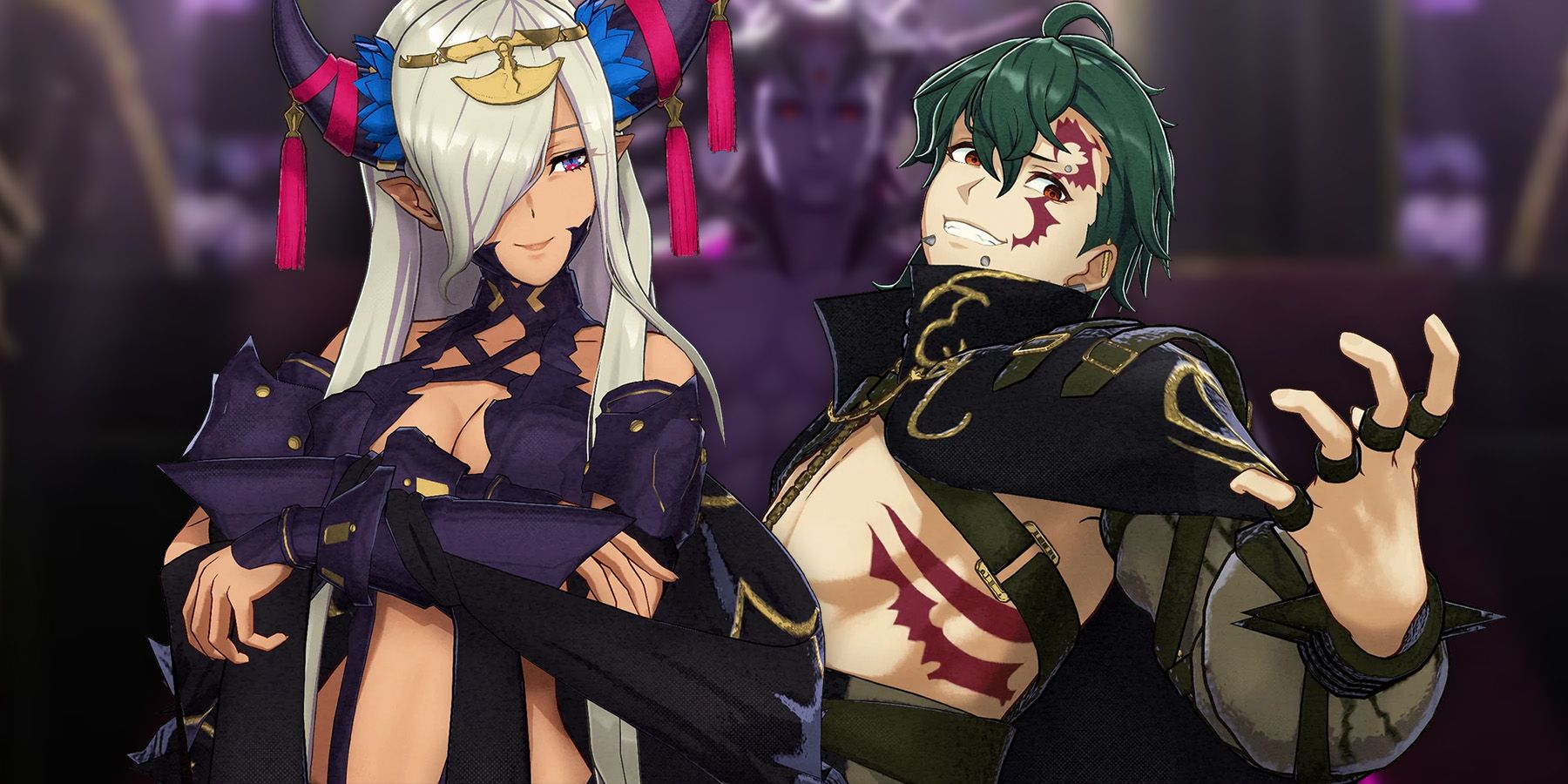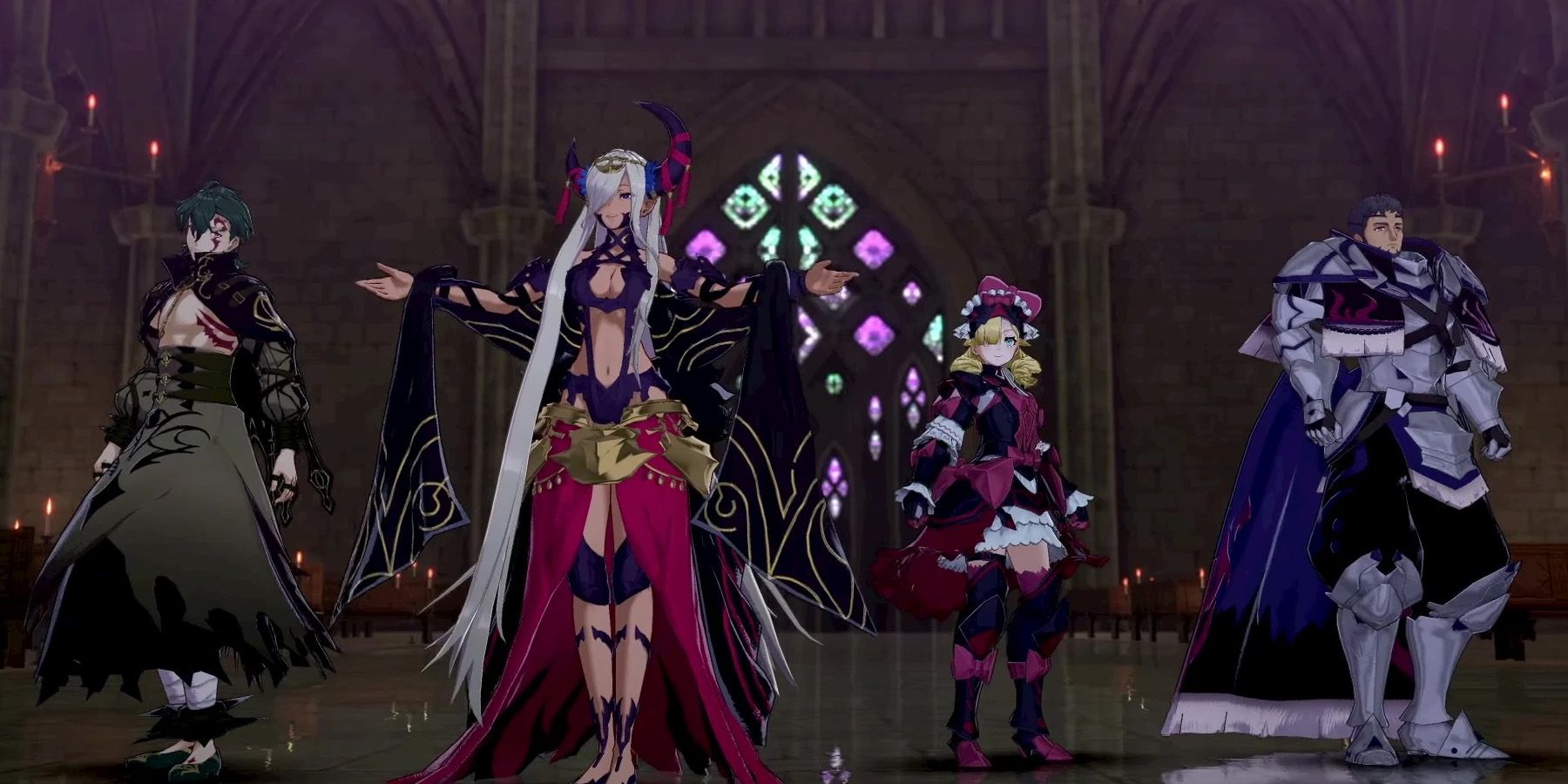PLEASE NOTE: This article contains MAJOR spoilers for Fire Emblem Engage. Proceed at your own risk.Fire Emblem Engage was a step in the right direction for the series in a lot of ways. The greater focus on tactical gameplay gave rise to new mechanics such as the ability to break enemy stances when attacking with an advantageous weapon type and pairing units up with Emblems to give them even more abilities at their disposal during combat. However, for as much depth as these new mechanics added, some of their potential seemed wasted due to the disappointing and repetitive boss design that Fire Emblem Engage suffers from.
Part of what makes Fire Emblem games so enjoyable is the puzzle-like levels that force players to strategize before approaching combat. This level design is undermined by relying on the same variations of bosses as the toughest enemies on the map, making combat scenarios predictable after a few encounters. While Fire Emblem Engage does a good job of diversifying its enemies and bosses in the first half of the game, the latter half uses the Four Hounds as stage bosses too often to keep levels interesting.
Fighting the Same Fire Emblem Engage Bosses Drags Down the Gameplay and Plot
The Four Hounds are introduced as servants of the Fell Dragon and protectors of Veyle in Fire Emblem Engage's Chapter 11. Although defeating them is not the main goal of this chapter, they appear as the most powerful enemies on the map as players rush to escape their attack. Following this chapter, nearly half the chapters remaining feature some combination of the Four Hounds and Veyle as bosses, with each appearance giving them remarkably similar weapons and strategies that make defeating them easy to prepare for.
While it's not always the same members of Fire Emblem Engage's Four Hounds players will face, Mauvier and Marni are a common combination, as are Griss and Zephia. Veyle often appears as well, usually alongside other members of the Four Hounds, with the level goal to defeat them all. Even with the various combination of members changing between chapters, it's fairly easy to prepare for them knowing that Mauvier is a mounted unit that uses a Flame Lance, Marni is an armored unit with an axe, Griss is a magic-wielding Sage, and Zephia rides atop a Wyvern using tomes and swords. Veyle also mostly stays the same through each encounter as a user of magic and daggers.
Additionally, these bosses are typically paired with the same Corrupted Emblems for each of their appearances, which, while making them powerful foes, also makes them even more predictable in combat. The repeated use of the characters as bosses also makes fighting them less impactful from a plot perspective as well. Defeating a powerful foe and important figure in the game's story only for them to retreat and appear again and again starts to make story beats feel as repetitive as the gameplay. While each of these foes does eventually meet their definitive end, the amount of times players defeat them throughout the game's story makes it seem like their demise should have come sooner.
Past Fire Emblem games have also used the recurring villain trope throughout their stories, so the series is no stranger to this type of plot and level design mechanics. However, in most cases, the bigger bads usually summon their subordinates to act as bosses for levels rather than doing it themselves time and time again. This design makes their ultimate defeat all the more satisfying, as opposed to the Four Hounds group in Fire Emblem Engage, which leave the player feeling a sense of relief after finally taking them down after so many battles.
Fire Emblem Engage is available now for Nintendo Switch.


